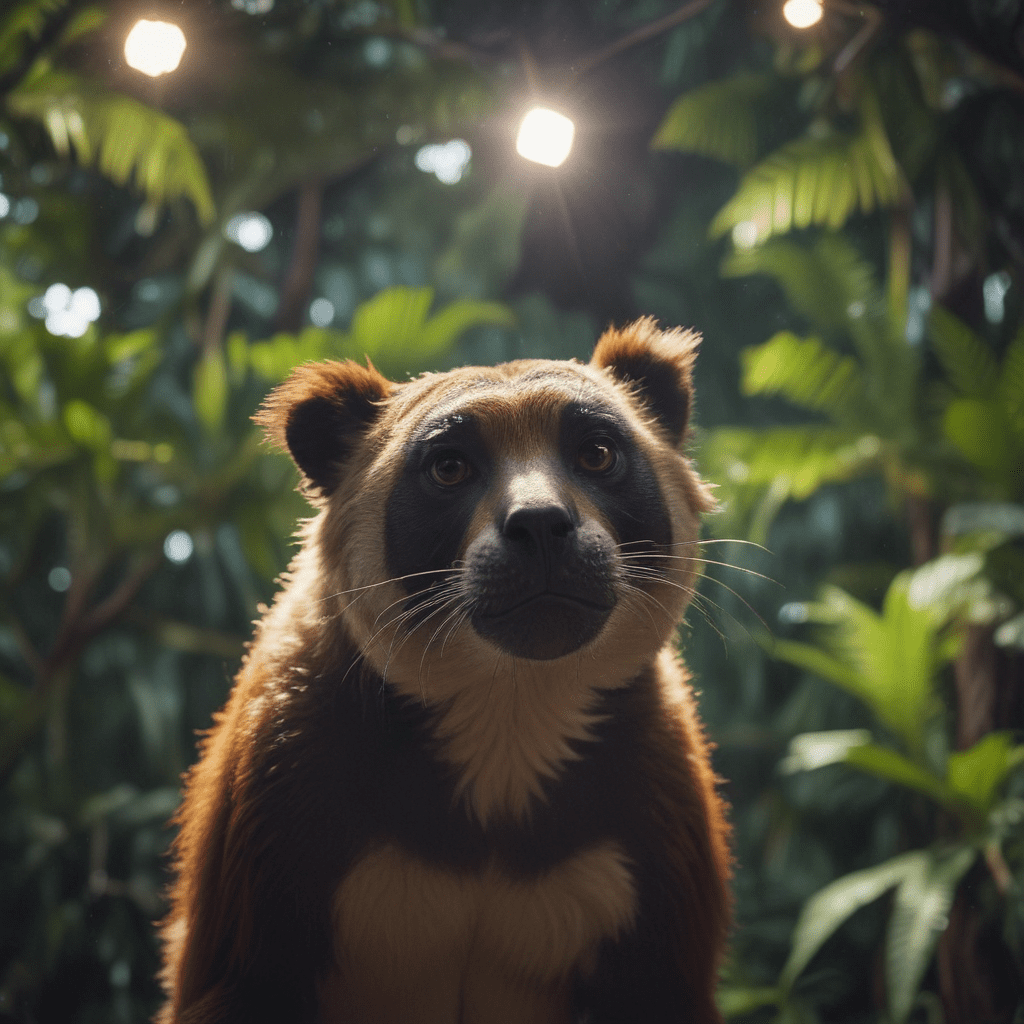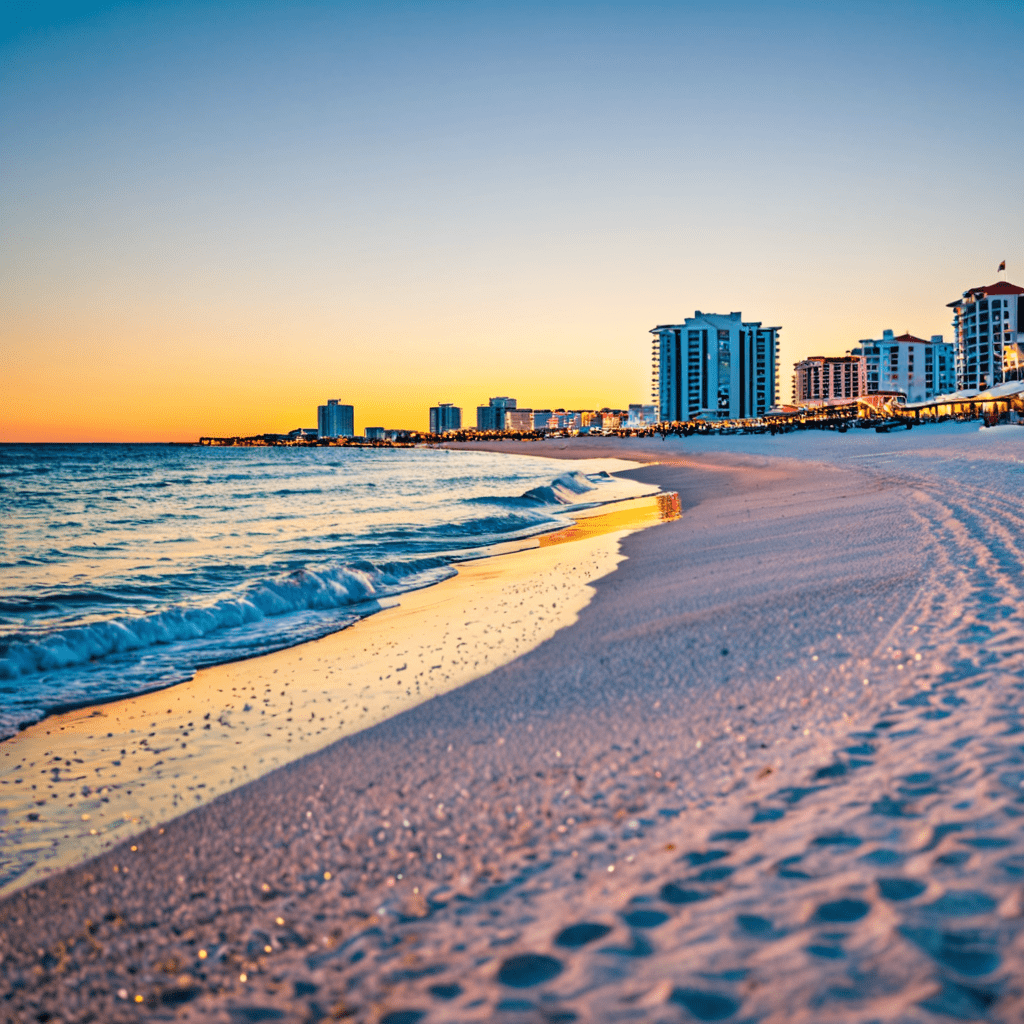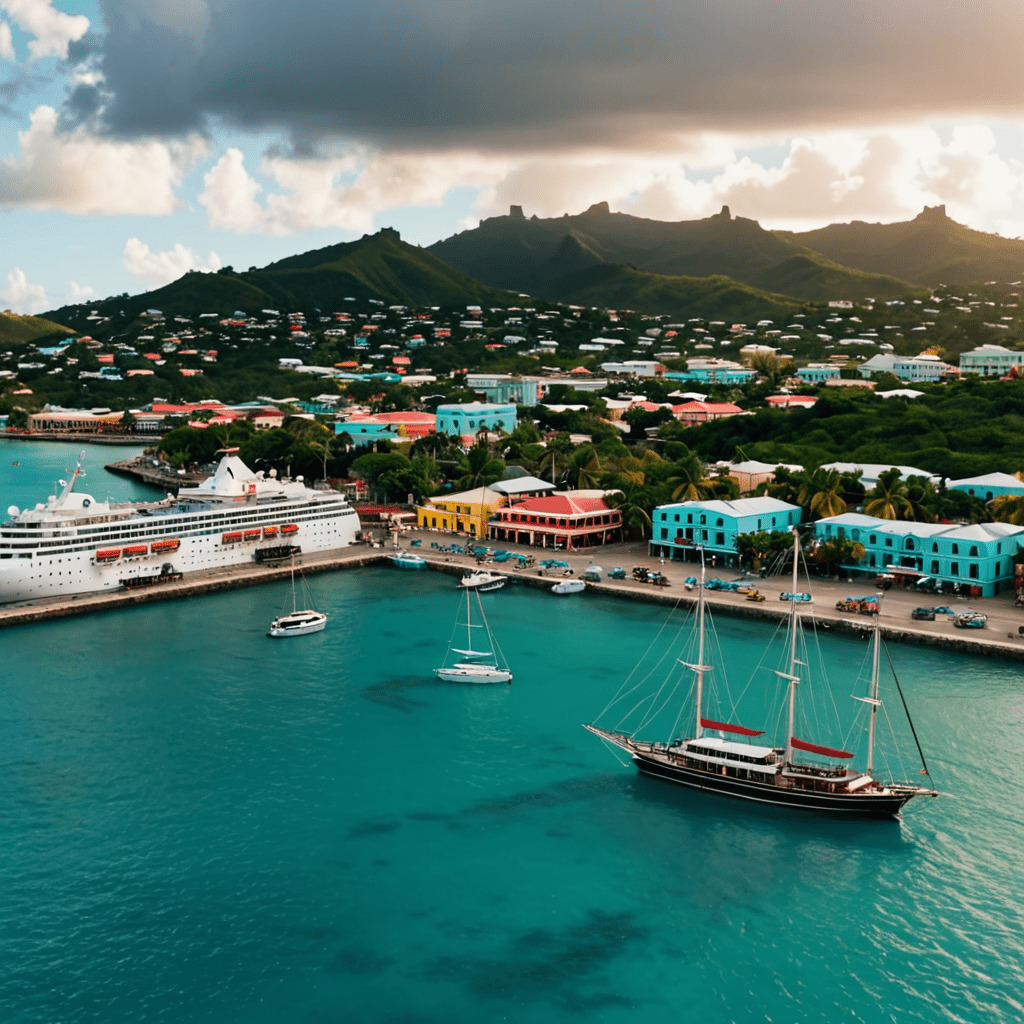
Wildlife Conservation Efforts in Belize
1. Introduction: Belize's Unique Biodiversity
Belize, a Central American nation renowned for its lush rainforests, pristine coral reefs, and diverse ecosystems, boasts an unparalleled biodiversity. From majestic jaguars and tapirs roaming the dense jungles to vibrant coral reefs teeming with marine life, Belize's natural heritage is a treasure trove of ecological wonders. However, this rich biodiversity faces numerous threats, prompting significant conservation efforts to safeguard Belize's irreplaceable wildlife.
2. Threats to Belize's Wildlife
Habitat loss and fragmentation due to deforestation and agricultural expansion pose a significant threat to Belize's wildlife. Poaching and the illegal wildlife trade also decimate populations of endangered species, such as scarlet macaws and sea turtles. Climate change and natural disasters like hurricanes further exacerbate these threats, putting additional pressure on vulnerable ecosystems. The introduction of invasive species also disrupts the delicate balance of Belize's ecosystems, posing a significant threat to native species.
3. Key Conservation Areas
To protect Belize's invaluable wildlife, the government and various organizations have established a network of protected areas, including national parks, marine reserves, private reserves, and community-based conservation initiatives. These protected areas provide essential sanctuaries for endangered species, safeguarding their habitats and ensuring their long-term survival.
4. Government and NGOs Leading the Way
The Belize Forest Department plays a crucial role in overseeing conservation efforts throughout the country, managing protected areas and enforcing environmental regulations. Additionally, numerous non-governmental organizations (NGOs), such as the Wildlife Conservation Society, The Nature Conservancy, and Programme for Belize, collaborate with the government and local communities to implement conservation initiatives and promote sustainable practices.
5. Community Involvement and Indigenous Knowledge
Recognizing the importance of local communities in conservation efforts, Belize actively engages them in wildlife protection initiatives. Traditional ecological knowledge and practices are incorporated into conservation strategies, ensuring culturally-sensitive and sustainable approaches. Collaborative management and co-management agreements empower local communities to participate in decision-making and share responsibility for wildlife conservation.
6. Wildlife Rehabilitation and Rescue Programs
Belize boasts several dedicated wildlife rehabilitation and rescue programs, providing critical care for injured and orphaned animals. The Belize Wildlife & Referral Clinic, Toucan Rescue Ranch, and numerous other organizations work tirelessly to rescue, rehabilitate, and release animals back into their natural habitats. These programs play a vital role in ensuring the survival of endangered species and maintaining a healthy wildlife population.
7. Education and Awareness Campaigns
Raising public awareness about wildlife conservation is crucial for fostering a culture of appreciation and responsibility towards Belize's natural heritage. Educational campaigns target various audiences, including school children, local communities, and tourists, promoting understanding of the importance of wildlife conservation and the threats they face. Engaging youth through interactive programs and involving local communities in conservation initiatives are essential components of these campaigns. Additionally, promoting sustainable tourism practices ensures that visitors contribute positively to the protection of Belize's wildlife and ecosystems.
8. Funding and Financial Support
Funding for wildlife conservation efforts in Belize comes from various sources, including government funding, international grants, ecotourism, and private donations. The government recognizes the importance of conservation and allocates resources accordingly. International grants provide crucial support for specific projects and initiatives. Ecotourism, when managed responsibly, generates revenue that can be reinvested into conservation efforts. Private donations and philanthropic support from individuals and organizations play a significant role in bridging funding gaps and supporting ongoing conservation programs.
9. Challenges and Future Directions
Balancing conservation with economic development remains a significant challenge in Belize. Striking a balance between protecting natural resources and creating sustainable livelihoods for local communities is crucial. Addressing climate change and its impacts on ecosystems and wildlife populations requires continued research, adaptation strategies, and international collaboration. Strengthening law enforcement and tackling illegal wildlife trade demand increased resources, international cooperation, and public support.
10. Success Stories and Positive Outcomes
Despite the challenges, wildlife conservation efforts in Belize have yielded numerous success stories. The reintroduction of endangered species like the scarlet macaw and the black-footed ferret demonstrates the effectiveness of dedicated conservation programs. Increased wildlife populations in protected areas, such as the Cockscomb Basin Wildlife Sanctuary and the Hol Chan Marine Reserve, showcase the positive impact of conservation measures. These successes provide encouragement and motivation to continue and expand conservation efforts, ensuring the preservation of Belize's extraordinary biodiversity for generations to come.
FAQ
What are the biggest threats to wildlife in Belize?
Habitat loss, poaching, climate change, and invasive species are the most significant threats to wildlife in Belize.
What are some of the key conservation areas in Belize?
Belize has a network of protected areas, including national parks, marine reserves, private reserves, and community-based conservation initiatives, safeguarding vital habitats for endangered species.
Who are the main organizations involved in wildlife conservation in Belize?
The Belize Forest Department leads conservation efforts, while NGOs like the Wildlife Conservation Society, The Nature Conservancy, and Programme for Belize play crucial roles in implementing initiatives and collaborating with local communities.
How can I get involved in wildlife conservation in Belize?
You can support wildlife conservation efforts by visiting responsibly, donating to organizations, volunteering your time, and raising awareness about the importance of protecting Belize's biodiversity.
What are some success stories of wildlife conservation in Belize?
The reintroduction of endangered species, increased wildlife populations in protected areas, and community-based conservation initiatives demonstrate the positive impact of conservation efforts in Belize.


